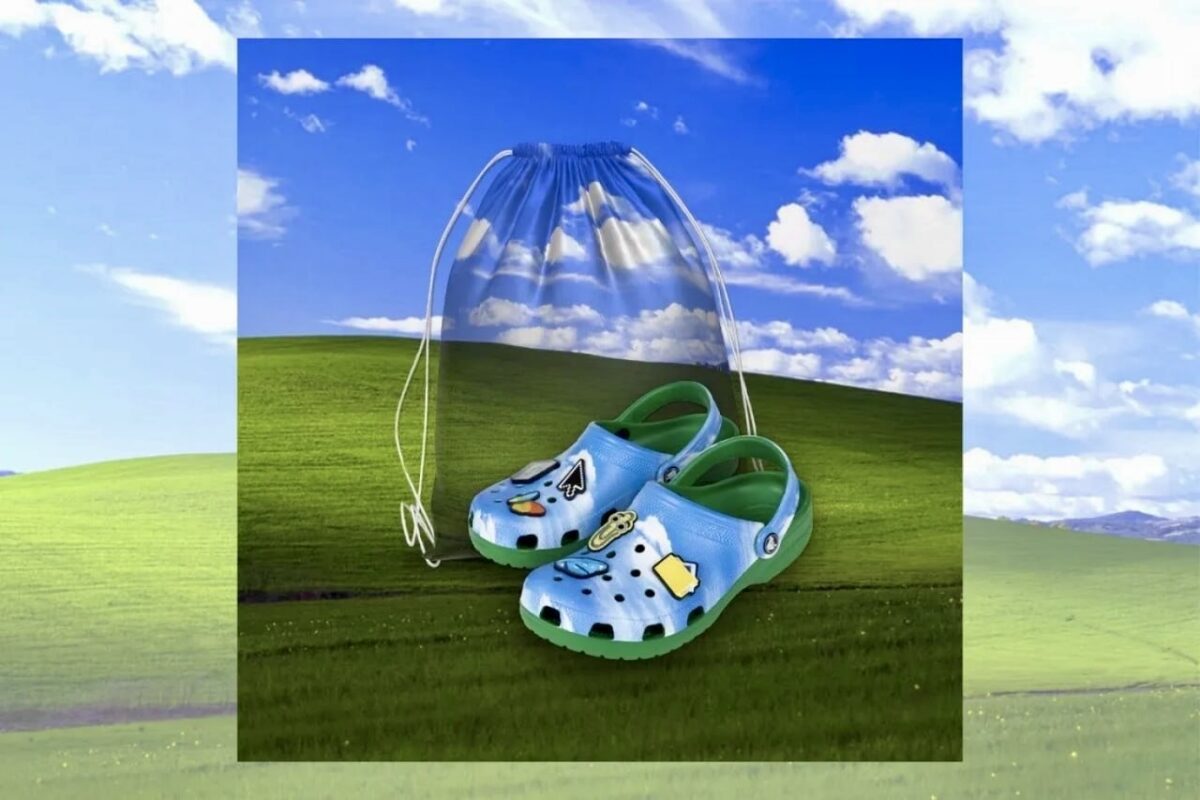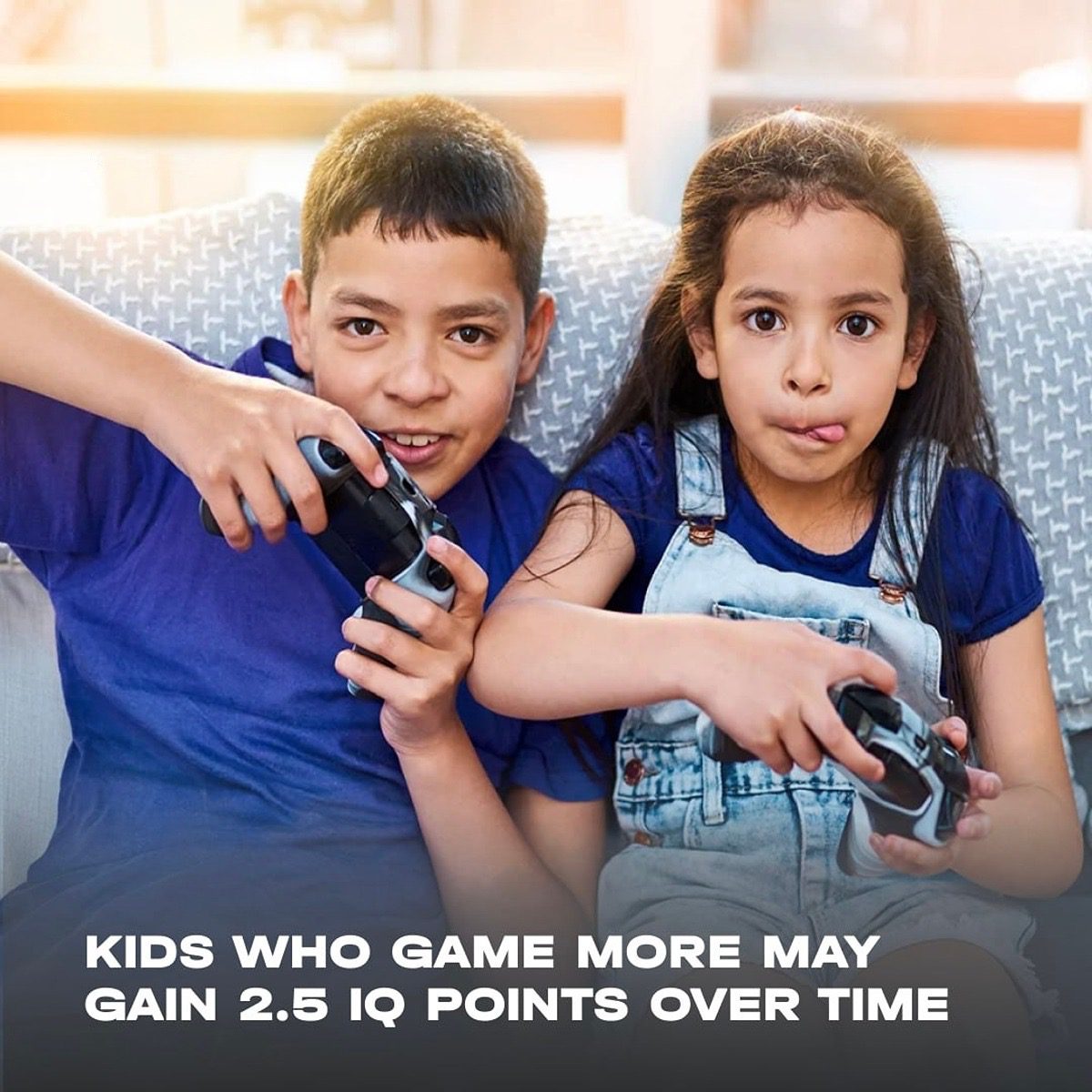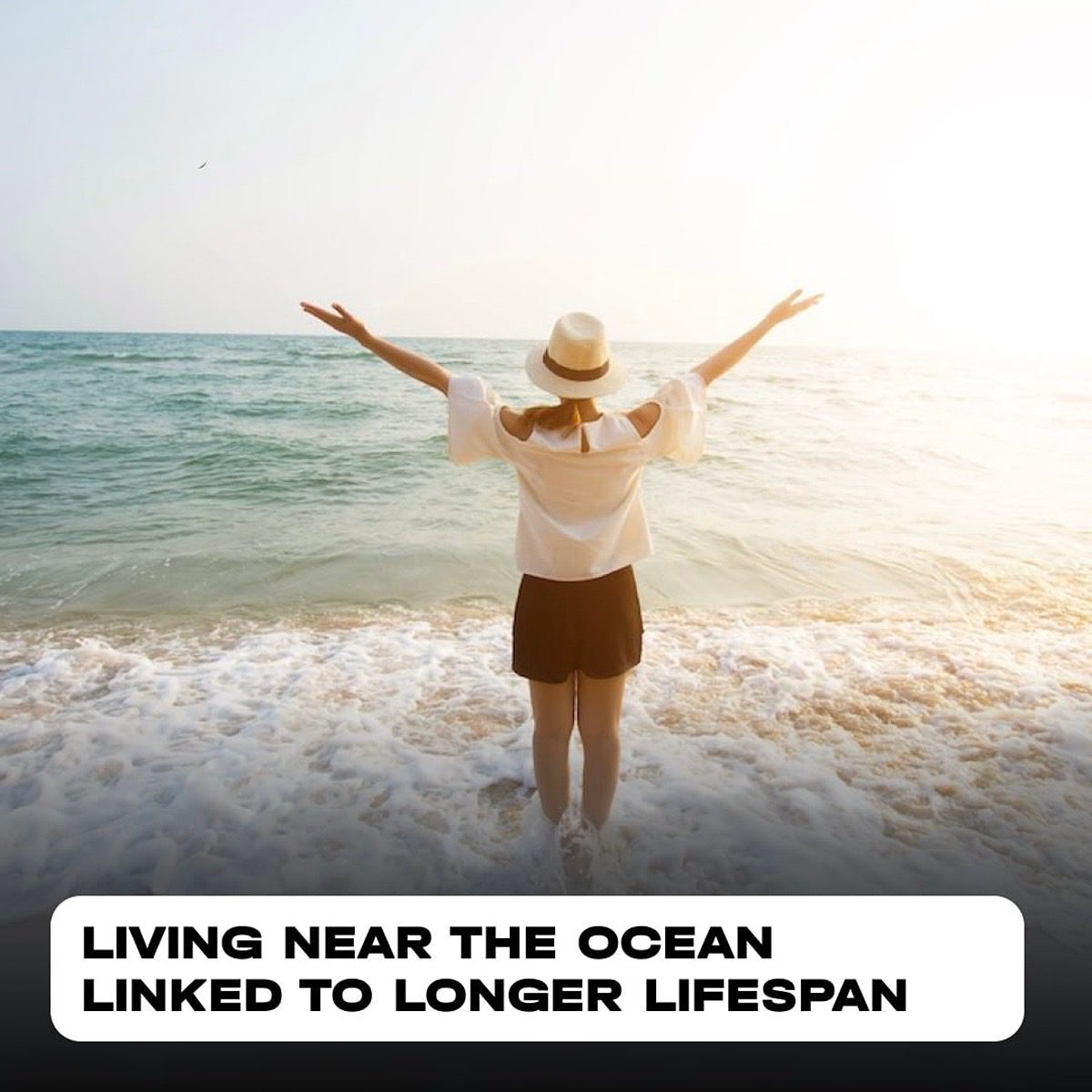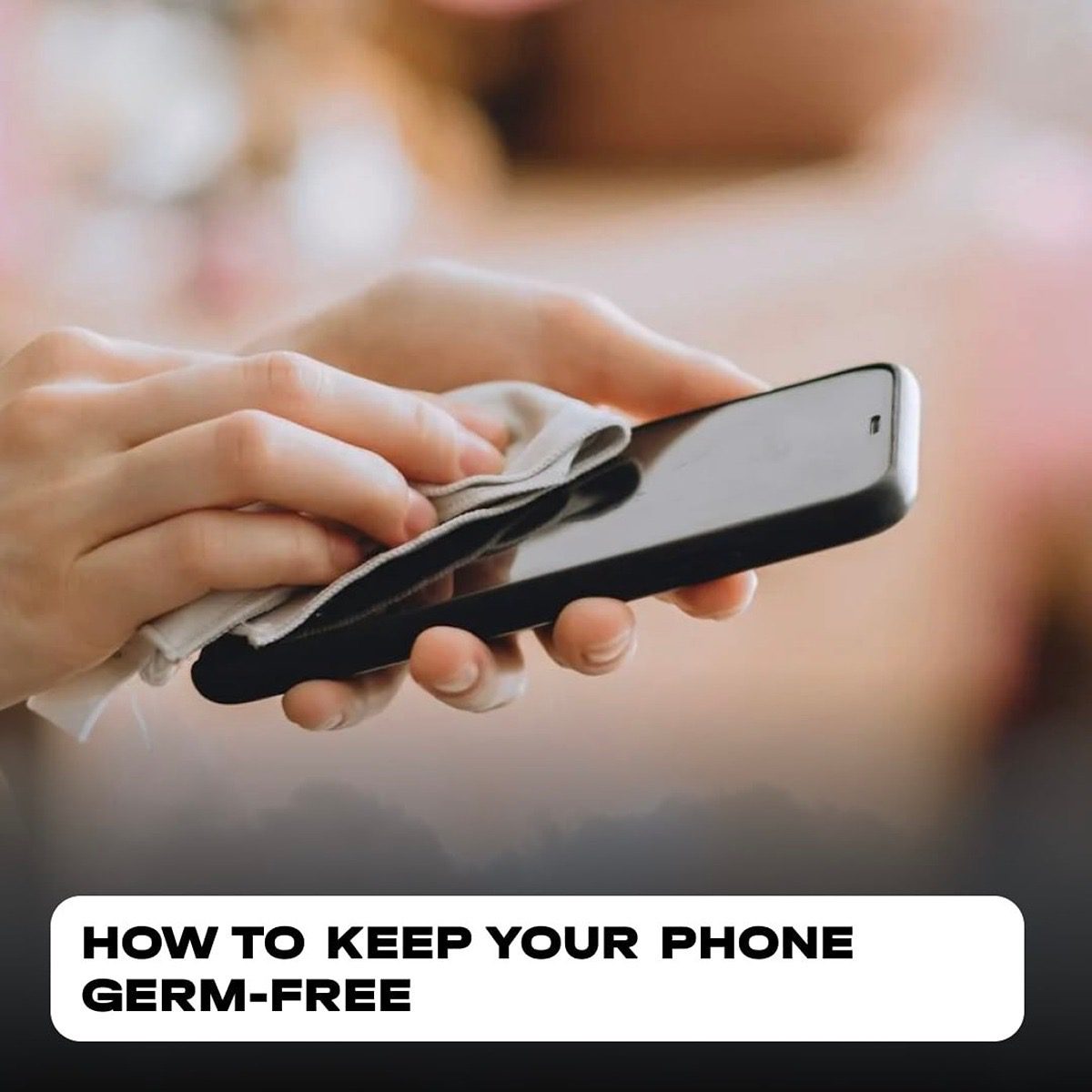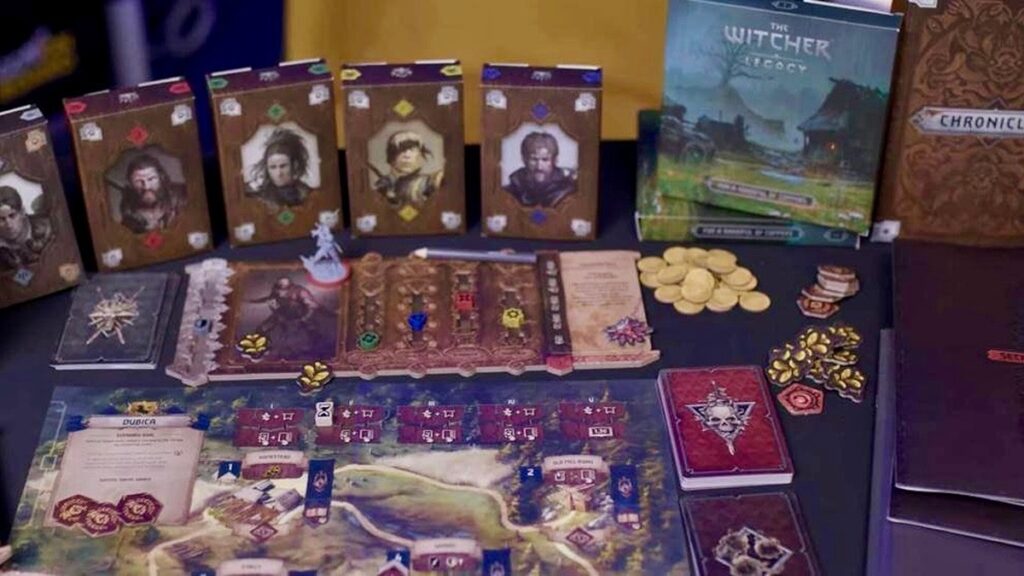I’ve been a daily ChatGPT user and ChatGPT Plus subscriber for years. I treat it like a creative partner: a fast editor, a code rubber duck, an idea sparring partner that knows my style. So waking up on August 8, 2025 and watching the GPT-5 launch implode felt personal. OpenAI shipped a major upgrade—but the rollout exposed serious product, infrastructure, and trust problems that we can’t ignore. (OpenAI)

Below I’ll explain what went wrong (from my lived experience), why so many users reacted emotionally, and — most importantly — what OpenAI should do next to turn this into a genuine learning moment for the whole AI industry.
The day the new pipe burst — my first impressions
I dove into GPT-5 ready to be amazed. Instead I found rougher, colder answers, weaker context-handling in some threads I’d used GPT-4o for daily, and the unsettling feeling that the model I’d trained myself to rely on had been quietly swapped out. Within hours I’d seen Reddit threads lit up with frustrated users and colleagues cancelling their paid plans. The company’s official GPT-5 page read like a manifesto of progress, but the reality in my chat windows was bumpy. (OpenAI, Forbes)
I’m not alone: many users described grief-level frustration. This wasn’t casual complaining — for some, these models are part of workflows, therapy-adjacent creative rituals, and businesses. Replacing a familiar model overnight broke those implicit relationships.
What technically went wrong (and why it mattered)
OpenAI’s new rollout relied on a “router” system that automatically assigns prompts to the right GPT-5 variant (fast, deep thinker, etc.). The idea made sense on paper — but on launch day the autoswitcher failed for parts of the service, causing GPT-5 to “seem way dumber” for many users. That failure turned what should have been a graceful upgrade into a jarring step backward. (TechCrunch)
OpenAI scrambled to respond: they temporarily restored GPT-4o for paid users and promised rate-limit increases while they stabilized the rollout. Those moves acknowledged the scale of the problem — but they also signaled that the initial rollout plan didn’t respect real user needs. (Windows Central, X (formerly Twitter))
From my perspective, the router failure was the visible symptom of two deeper problems:
- Over-centralized decisioning — users lost control over which model served them.
- Fragile operational assumptions — autoscaling and model routing hadn’t been stress-tested to real-world peak patterns.
Why the reaction felt so intense — this is about trust, not just performance
People weren’t merely bummed about a slower AI. They were grieving a relationship. I’ve built habits around GPT-4o’s tone, prompt patterns, and “quirks” — and losing that felt like losing a reliable teammate.
That emotional attachment explains why even technically savvy users reacted strongly. The rapid cancellations and angry threads weren’t a tech tantrum; they were a trust metric flashing red. When a tool integrates into people’s work and identity, product changes need consent, migration paths, and guarantees.
For a company racing toward AGI, alienating your most engaged users is a strategic risk — and competitors will notice. (Forbes)
Three systemic lessons OpenAI (and all AI builders) must learn
1) Personalization is not optional
Users want consistency. That means OpenAI should let users pin models, export “classic” interaction profiles, and preserve conversational memory across upgrades. Forced migrations break workflows and bonds. I want an option to say, “Always use my GPT-4o voice for drafts,” or “Use GPT-5 Thinking only when I ask.” That kind of control is the baseline for user trust.
2) Rollouts must be reversible and transparent
A staged rollout with opt-in windows and explicit model versioning in the UI would have prevented a lot of pain. Show me which model answered, give me a one-click revert, and publish rollout telemetry so power users can understand risk.
3) Infrastructure must match promises
If a router or autoswitcher is core to the UX, it needs hardening: chaos testing, circuit breakers, and clear fallbacks. The “it’ll balance itself” approach is not enough when millions rely on the service for work.
Tech leaders should internalize that reliability and predictability are as important as raw capability.
Concrete fixes I’d like to see (and I’d pay for)
I’m still a fan, so here’s a pragmatic wishlist — features I think would bring users back and would make the product objectively stronger:
- Model pinning & “classic models” tier: let paid users pin older models permanently, or subscribe to a “Legacy Mode” for the exact behavior they know.
- Model transparency toggle: show which model answered, and allow “always ask” or “never auto-route.”
- Exportable conversation snapshots: save a reproducible snapshot of an assistant’s state and settings; restore it later even if models change.
- Granular personality controls: sliders for warmth, concision, creativity, and factuality — saveable per workspace.
- SLA & audit trails for enterprise: guaranteed latency/consistency commitments for business users.
- Independent benchmarks & continuous external audits: not just internal claims but reproducible third-party evaluations.
- Community governance experiments: involve a user council to beta test and sign off on disruptive changes.
If OpenAI rolled out these features, I’d be more than willing to keep paying — because they address the real problem: loss of agency.
New possibilities this crisis unlocks (a cautiously optimistic view)
Controversies like this accelerate useful innovation. A few directions I now expect — and hope for — in the next 6–12 months:
- Model choice becomes a competitive feature: rivals will advertise “no forced upgrades” and better model control, attracting churned users.
- Hybrid architectures: local small models for tone + cloud models for heavy reasoning could preserve user style while giving access to latest capabilities.
- Standardized model manifests: comparable to browser user agent strings, a new industry standard might emerge describing model behavior, training cutoff, and safety modes.
- Personalizable, versioned AI agents: individuals will be able to export their agent as a bundle (settings + memory + pinned model), enabling portability across providers.
These are the kinds of user-centric advances I’ve been hoping for — and the backlash, while painful, may force the ecosystem toward them.
My personal decision (and a plea to OpenAI)
I cancelled my Plus subscription that afternoon. It hurt — I use these tools daily and genuinely wanted GPT-5 to be better. But the removal of model choice without a clear migration plan felt like a violation of the relationship I had with the product.
So here’s my plea: if OpenAI truly wants to lead in AI, they must make their users partners in the transition, not collateral damage. Keep legacy access for paying users. Publish honest post-mortems. Give us control. Build with humility.
Altman’s quick reversals — bringing back GPT-4o access and temporarily increasing rate limits — show they are listening. But listening only becomes meaningful when it results in durable product changes that prevent this from happening again. (TechCrunch, X (formerly Twitter))
Quick practical advice for power users right now
If you rely on ChatGPT daily like I did:
- Export important conversations now — don’t assume stability.
- Pin your prompts and templates locally so you can re-run them with alternative models.
- Try open-source mirrors for critical tasks where reproducibility matters.
- Push for contractual guarantees if you’re an enterprise customer — SLAs, versioning clauses, and rollback clauses should be standard.
Final verdict: a setback, not a showstopper
This launch made me disappointed and a little wary — but I’m not giving up on AI. The community outcry is painful, but it’s also constructive: it forces companies to confront the human side of AI adoption. If OpenAI answers with meaningful model choice, transparent rollouts, and stronger infrastructure guarantees, we could emerge with tools that are not only smarter, but also more humane and reliable.
I still want OpenAI to succeed — but success now requires a renewed respect for the people who use these systems every day.
Key sources I referenced
OpenAI’s GPT-5 announcement, reporting on the launch problems and Altman’s AMA, coverage of GPT-4o being reintroduced for some users, and community backlash reporting. For the official announcement and technical description see OpenAI’s site; for reporting on the rollout and AMA see TechCrunch; for user reaction and analysis see Forbes and Windows Central. (OpenAI, TechCrunch, Forbes, Windows Central)


